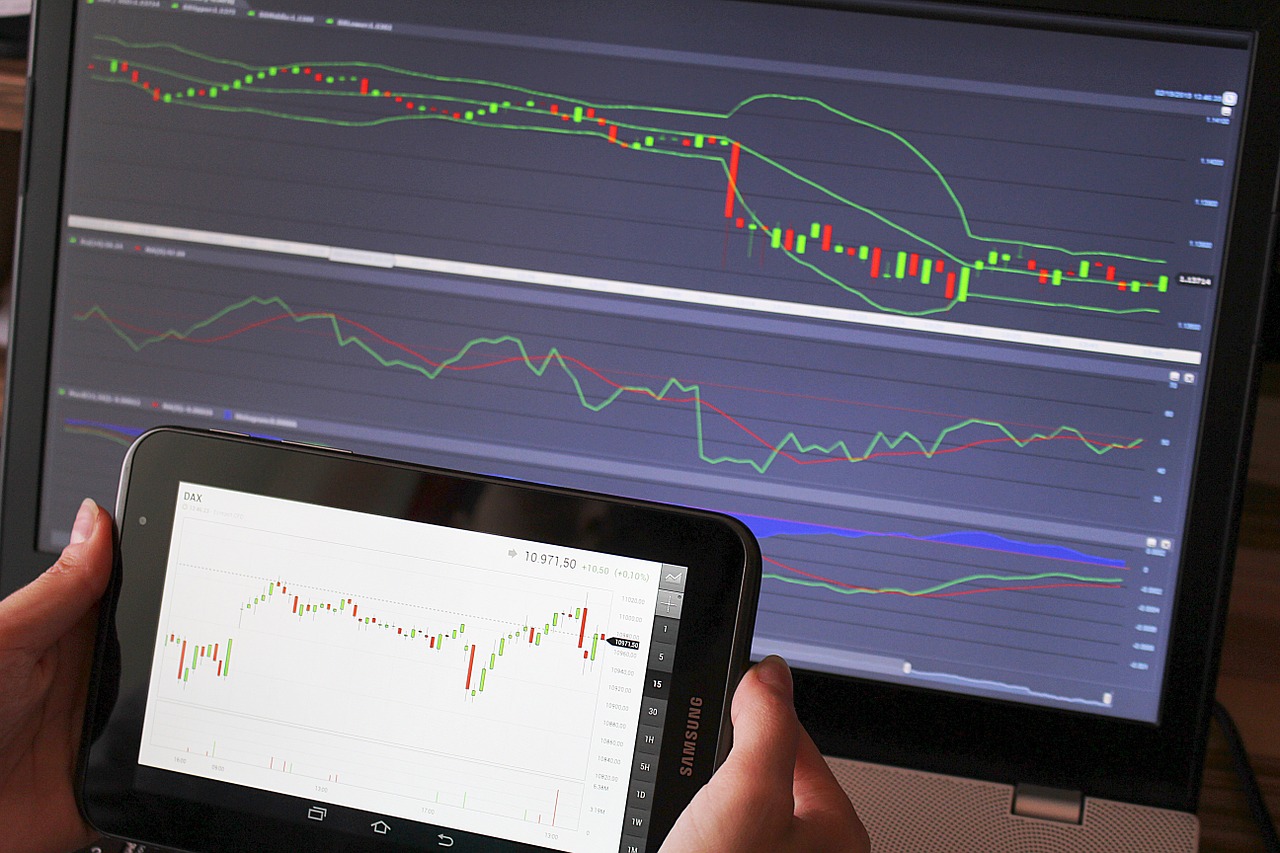Swissquote Bank: Consolidation across the global stock markets
Swissquote Bank: Consolidation across the global stock markets

By Ipek Ozkardeskaya, Senior Analyst at Swissquote Bank
There is not much happening in the markets. News that new coronavirus cases continue surging, especially in South America, continues to be a cause for concern, which firms demand in technology stocks. There is decreased appetite for cyclical sectors, such as financials and energy. With major central bank announcements behind, it is fair we see a consolidation across the global stock markets.
On the US-China trade front, Donald Trump reassured investors that the phase-one deal remains intact after his adviser Peter Navarro caused a short-lived panic in the market as his Fox News interview spread confusion regarding the faith of the trade agreement.
US stock futures were flat in the overnight trading session. Most Asian indices were positive, but gains remained limited.
FTSE (+0.42%) and DAX futures (+0.99%) hint at a positive start but the thin holiday volumes could lead to a choppy trading session and a lack of a clear market direction.
PMI data is what investors are watching at the start of the week. The latest numbers from Australia suggest an encouraging recovery in manufacturing, while services PMI printed a strong 53.2. Any number above the 50 threshold points at an economic expansion. In Japan, however, improvement in both manufacturing and services sectors was slower.
Today, the Eurozone, the UK and the US will announce their May preliminary PMI figures. Strong figures would clearly better the market mood amid rising fears of a second wave contamination, bring investors to sell their US dollars versus more promising currencies in a risk-on environment.
For now, the US dollar index is steady near the 97 mark, as the US 10-year yield remains close to 0.70%.
Firm demand in yen, Swiss franc and gold suggests that the sentiment remains fragile and gains in risk assets may be in jeopardy.
The EURUSD rebounded a touch above 1.1160, the critical Fibonacci support, and extended gains to 1.1280 in Asia. Technically, the pair remains in the mid-term bullish trend above this level.
Cable tested the 1.25 offers after having dipped at 1.2335 on Monday. Given the emerging hope of seeing a possible Brexit deal by this fall, sterling could make another attempt to its 200-day moving average, if the US dollar remains soft and the risk appetite firm.
Gold, on the other hand, consolidates gains near the $1750 per oz and should find little motivation to push further in the absence of a significant deterioration in the global risk sentiment.
WTI crude cements support above the $40 per barrel.
One major event investors watch this week is the result of US banks’ stress test result to be released on Thursday. With a global economy battered by the Covid-19 pandemic, distressed company debt levels and near zero rates, the bank finances are clearly under pressure – and there is not much the banks could do to please their shareholders as the actual crisis environment, as they won’t be allowed to proceed with share buybacks and dividend payouts to support their share prices. We believe that the US banks have means to navigate through hard times, but in the absence of other major news, the test results could inject some volatility to bank stock prices this week.


